Older generations mastered practical skills that now seem foreign to younger users navigating technology.

Every generation develops unique skills shaped by the tools and culture of their time. Boomers grew up practicing hands-on tasks that required patience, dexterity, and focus, many of which have faded in an era dominated by digital convenience. These skills—from reading paper maps to manual photo development—highlight a tactile understanding of everyday life that Gen Z might find unfamiliar. Exploring these differences opens a window into how evolving technology reshapes common knowledge and practical abilities.
1. Navigating paper maps to find a location efficiently and accurately.

In the age of GPS, the art of reading paper maps remains a tactile skill. Boomers often excel at unfolding a map, tracing routes with their fingers, and mentally calculating distances without a device. Their spatial awareness stems from a time when technology was less ubiquitous.
Distances felt different; each mile was a tangible marker rather than an abstract number on a screen. While generations today lean on apps, the patience and focus honed by map reading do foster a different mental agility, one that carries across various situations today. Appreciation for this mindset can bridge generations.
2. Operating a rotary phone without hesitation or confusion at all.
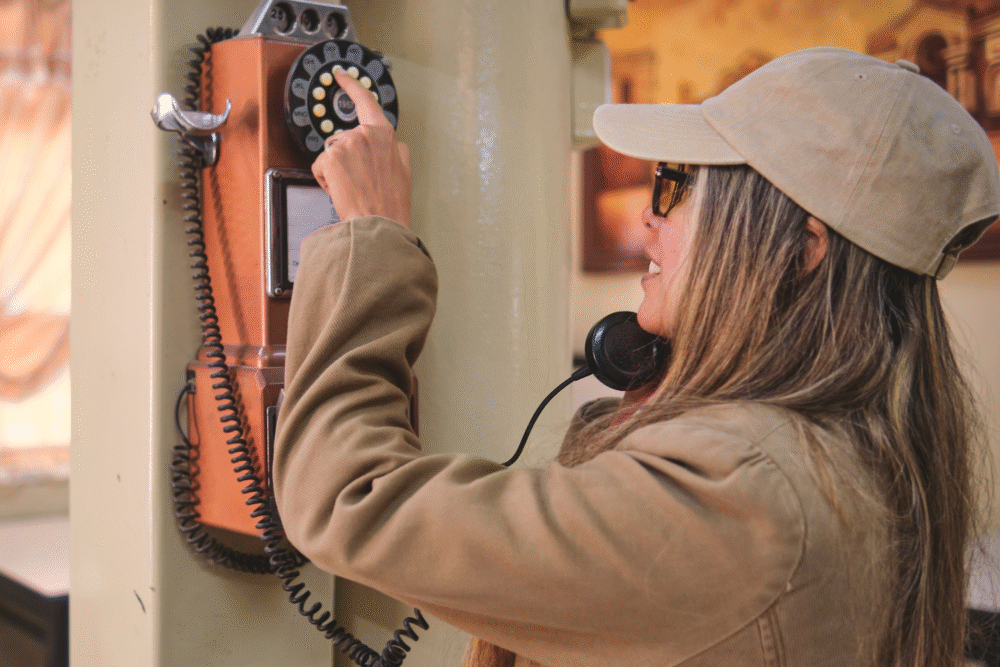
A rotary phone operates with a directness foreign to those familiar with touchscreen devices. Boomers once mastered its circular finger wheel, dialing each number with a satisfying whirr. Complex circuits turned those rotations into calls, a distinct hands-on process.
Without digital menus or voice commands, this tactile sequence grounded users in a sensory connection with technology. Today, a glimpse of such devices can spark nostalgia while offering younger generations perspective on simple technology’s directness, highlighting the elegance in straightforward design. Understanding these functions reconnected people with the immediacy of human communication.
3. Rewinding and fast-forwarding cassette tapes by hand with ease.

Cassette tapes represent the analog era when patience and precision guided audio enjoyment. Boomers mastered the art of finger-winding tapes with a pencil, aligning magnetic spools without entanglement. Each deliberate turn was a lesson in tactile understanding.
Streamlined digital commands now replace the physical interaction tapes required. For Gen Z, exploring these manual methods can reveal how past technologies encouraged mindfulness and anticipation, where music wasn’t an immediate click away. Old-school techniques sharpened skills in resourcefulness and attentiveness—elements timeless in every generation’s toolkit.
4. Using a manual typewriter to produce clean and even text effortlessly.

Manual typewriters demand a distinctive rhythm and strength, rewarding users with neatly typed rows of letters inked onto paper. Each key strike is symbolic, transferring energy into crisp imprints without autocorrect. Boomers familiar with this machinery embraced its structured inevitability.
In that tangible process, concentration was crucial; errors required correction by hand, fostering careful typing and thought. Younger users might find this slower pace frustrating yet illuminating, shedding light on how past generations developed disciplined focus amid mechanical clatter. Lessons in patience and precision persist beyond keyboard convenience.
5. Balancing a checkbook and managing handwritten financial records regularly.

Checkbooks symbolize a practical era when pen and paper documented financial life. Boomers regularly reconciled account balances by hand, subtracting expenses and adding income in precise columns. Their system encoded self-reliance and financial literacy beyond digital quick fixes.
The tactile nature of handwritten records cemented understanding of personal finance, a concrete anchor in an increasingly abstract digital age. While apps simplify, there remains a valuable clarity in this methodical approach. Acknowledging its depth could encourage comprehensive understanding across generations, underscoring stability in ever-shifting lifestyles.
6. Changing television channels without a remote control device quickly.

Before remotes shrank the world to a button’s press, televisions had knobs. Boomers flipped channels manually, twisting dials to traverse static signals with speed. Their physical dexterity seemed second nature, each click attuned to changes on the screen.
This method of controlling technology fostered focus as shifting between stations required notable effort. Younger generations, familiar with instant selection, can find novelty in analog ways. It reminds them innovation proceeds iteratively, often building layer by layer upon tactile roots. Quiet reflection reveals technology’s evolving accessibility.
7. Developing photos from film in a darkroom with practiced precision.
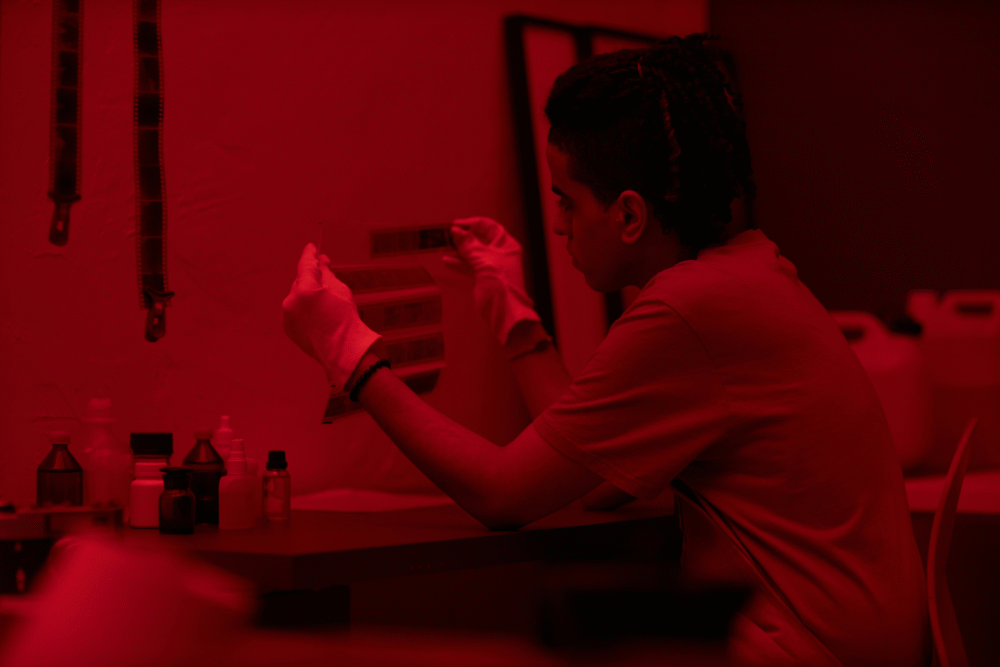
Darkrooms were once alchemical spaces where photos emerged from chemicals. Boomers skilled in film development transformed negatives into prints, timing exposures under red safelight. Each image unfolded in textured layers of silver halides transforming invisible details into visible memory.
The deliberate nature of this craft encouraged thoughtful framing and anticipation. In today’s instant era, revisiting these processes enriches understanding of photography’s artistic roots. The tactile sensibility offers insight into mindfulness, providing perspective on craft and ingenuity foundational to image-making long before screens dominated.
8. Writing longhand letters with neat penmanship and proper etiquette.

Longhand letters embodied personal connection, each stroke a reflection of the writer’s identity. Boomers crafted messages in neat, curved penmanship, mindful of tone and expression. The limitations of paper and ink honed their skill in conveying emotions succinctly and beautifully.
For Gen Z, handwriting might seem antiquated, yet exploring this art form offers relaxation amid digital flux. Understanding such nuanced communication enriches connection and patience across dialogues. Handwritten narratives endure, capturing timeless sentiments in a world of passing pixels, between pages and pens.
9. Sewing buttons onto shirts by hand using basic needle and thread skills.
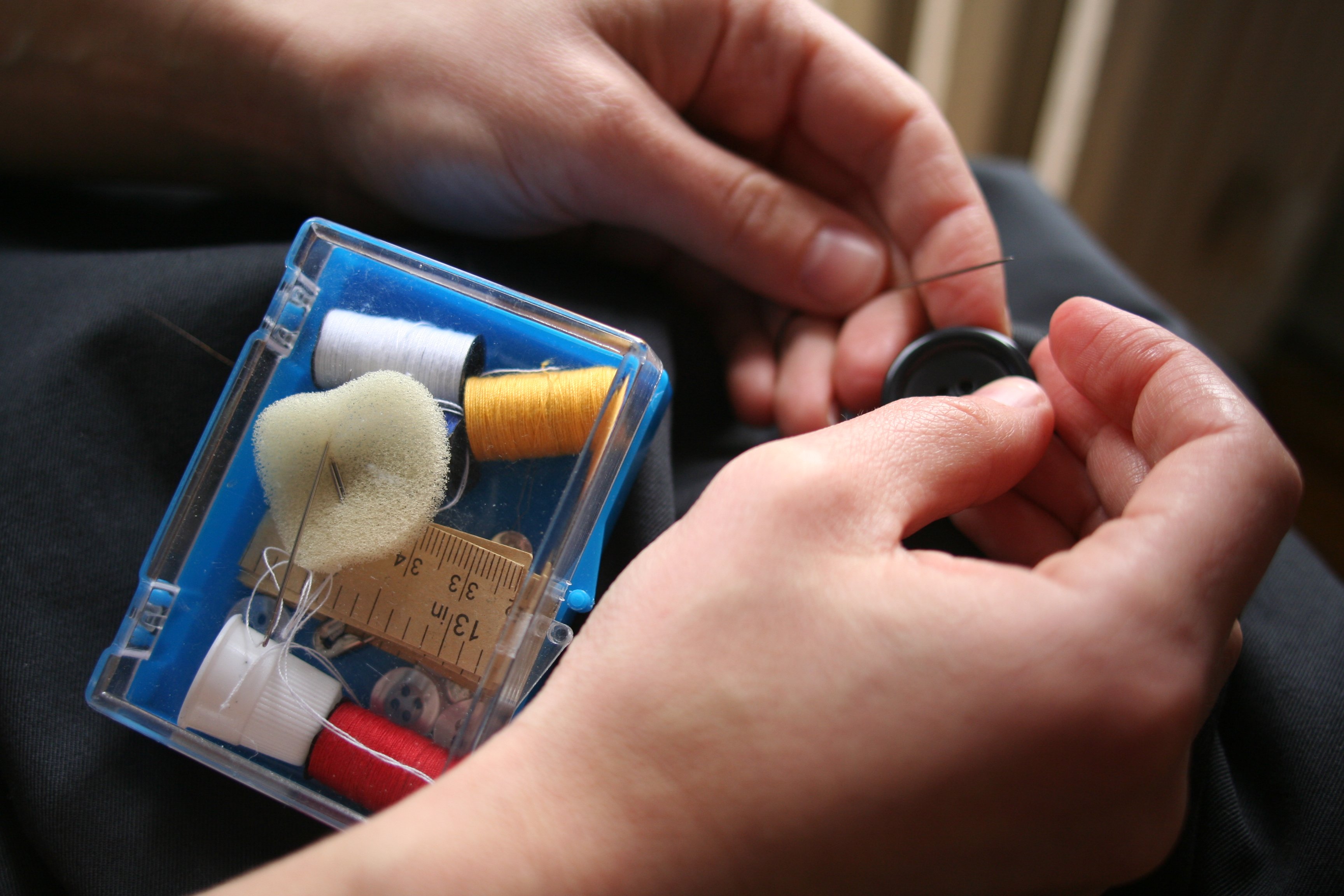
Sewing buttons may seem simple, yet hand-threading tasks require dexterity and patience. Boomers often practiced this practical skill, deftly maneuvering needles through fabric to secure loose threads. This tactile process highlighted the utility and economy of repair over replacement.
In contrast, disposable culture often bypasses these traditions as modern conveniences overshadow previous self-reliance. While technology offers ready-made solutions, learning such manual strategies illuminates resourcefulness—craft discovered stitch by stitch. Recognizing ceremonial custom fosters understanding across generational seams, sharing skill beyond the seams.
10. Adjusting analog clocks for daylight saving time with hands-on knowledge.

Adjusting analog clocks for daylight saving involves practical hands-on manipulation. Boomers moved clock faces, aligning hands with calculated precision to chase seasonal time shifts. This tactile action connected them to nature’s rhythm, each tick a reminder of passing daylight.
In contrast, digital devices now sync automatically, divorcing users from these manual transitions. Yet tactile changes foster awareness, encouraging routine reflection. Appreciating this difference reminds us mechanical tasks can promote conscious engagement, where’ hands reset, individuals pause to reconcile time’s progression.
11. Operating a VCR to record and play shows without any digital interface.
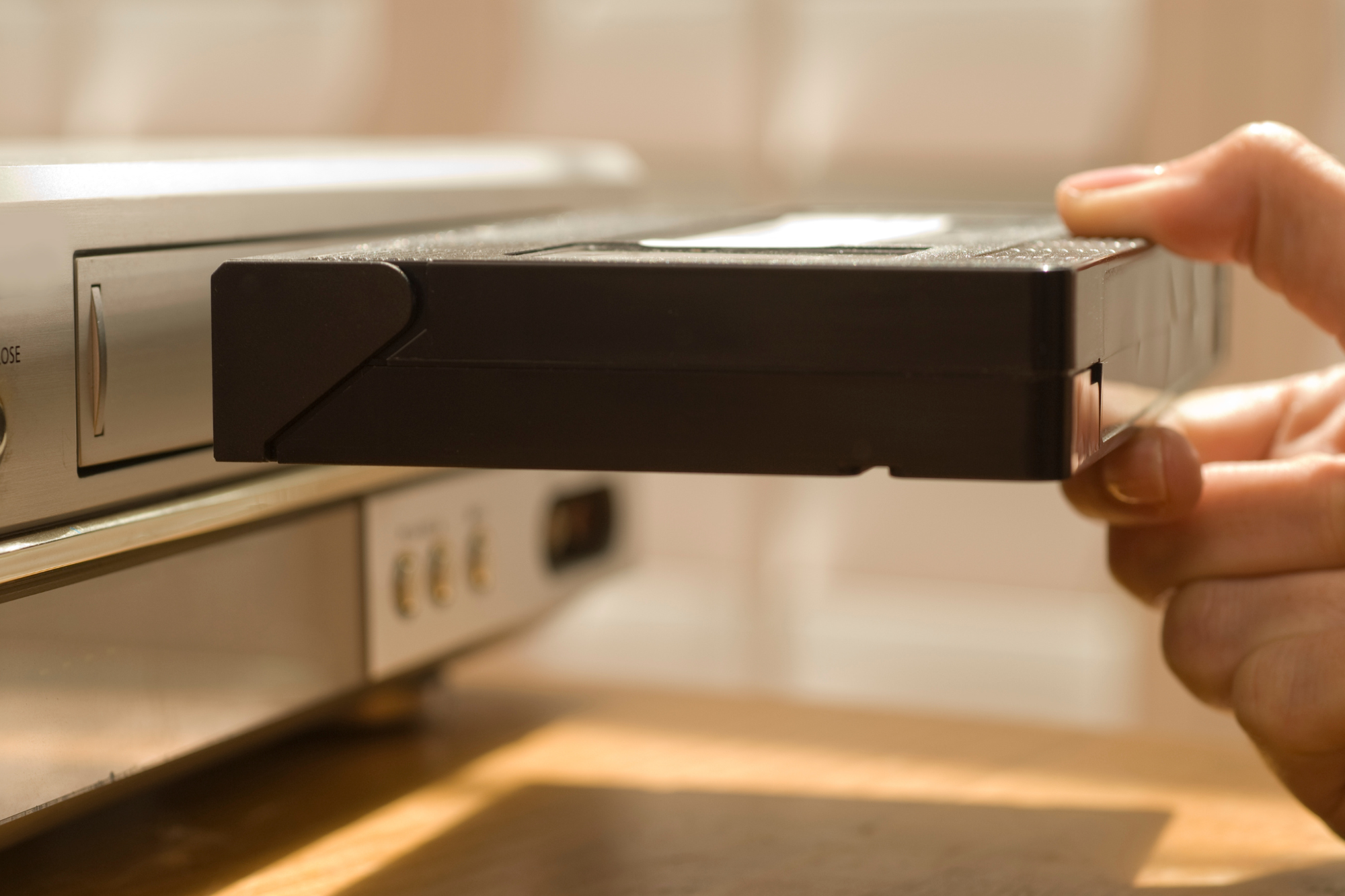
VCRs required a distinct choreography between buttons and inputs, translating signals into recorded memories. Boomers became adept at threading tapes, setting timers, and manually scanning for favorite shows or moments. Analog mastery provided unique insight into media control.
As digital streaming supersedes such devices, appreciation for VCR complexities offers newer generations broader appreciation for television’s evolution. Analog devices highlight progressive change, shifting control from reels to remote commands. Recognizing these transitions fosters gratitude for innovation’s pace—and the precision borne from analog means.
12. Using a payphone for calls including making change and dialing codes.
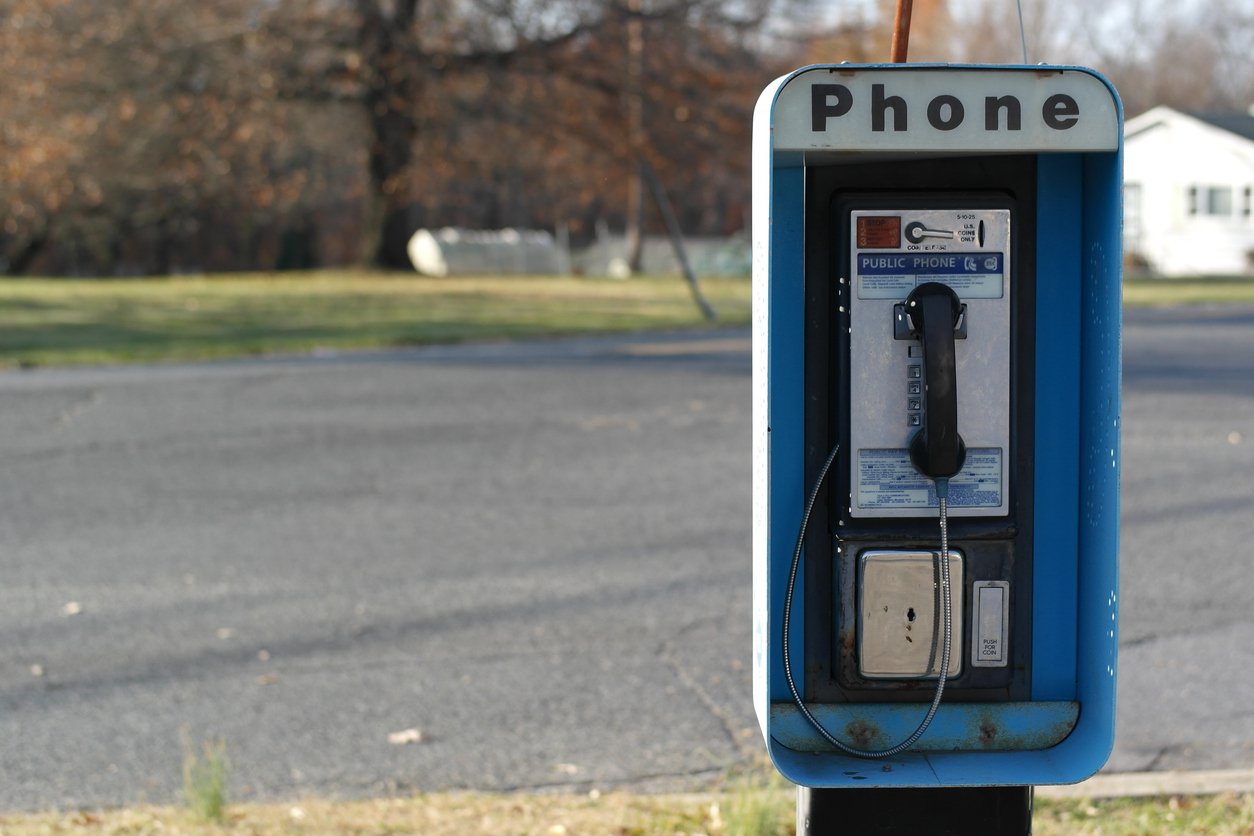
Payphones were public access points turning spare change into conversation. Boomers navigated coin slots and dialed with codes, crafting connections on street corners. Experience made them quick and adept, bridging distances without personal phone dependencies.
As mobile devices dominate, physical relay fades. However, revisiting public booths provides historical context for today’s connectivity. Understanding how previous generations bridged technical gaps enriches appreciation for evolving communication. Mechanical, coin-fed origins echo resilience and resourcefulness generations can share, turning past connections into present reflections.
